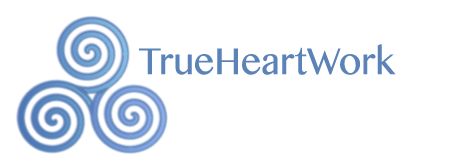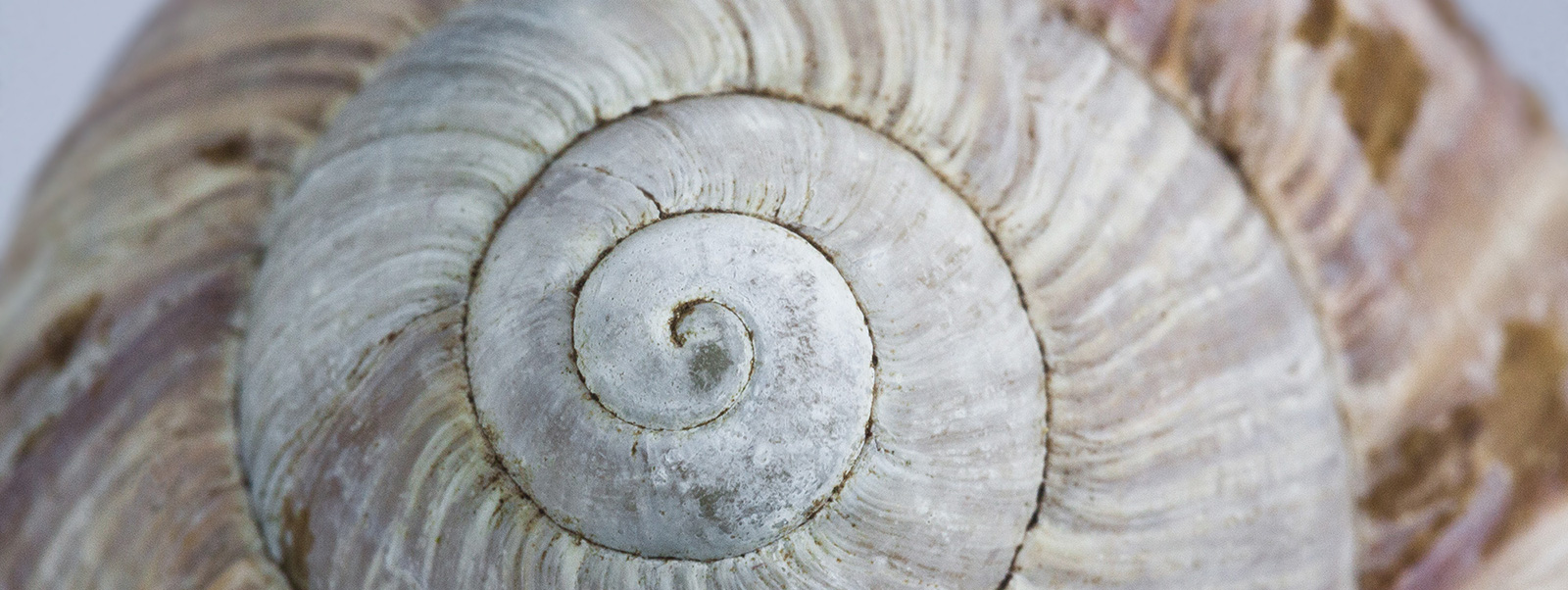Crossing the Rubicon
 Crossing the Rubicon was an act of rebellion punishable by death in the winter of 49 BC, when Julius Caesar defiantly led his men over the icy red waters of the Rubicon River towards Rome. So often in our lives we reach our own red river, our own point of no return. There is an impetus that propels us to spur ourselves into the churning waters of change. And without hesitation or vacillation we must make that decisive choice. There is no question of stopping. No turning back.
Crossing the Rubicon was an act of rebellion punishable by death in the winter of 49 BC, when Julius Caesar defiantly led his men over the icy red waters of the Rubicon River towards Rome. So often in our lives we reach our own red river, our own point of no return. There is an impetus that propels us to spur ourselves into the churning waters of change. And without hesitation or vacillation we must make that decisive choice. There is no question of stopping. No turning back.
When we start from scratch we make unambiguous choices in our lives because we have nothing more to lose. We are compelled through debt, divorce or disaster, to find a new way. When we bear down, irrevocably commit to a course of action, we set in motion a train of events that unfurl like the standard-bearer’s fluttering flag.
Choice is a spiritual gift. And when we choose to change the trajectory of our lives, we must trust our instinct, settle more closely into the warmth of our bodies, listen to the rhythmic beating of our hearts. We can accept or we can refuse our destiny. And even if this choice is a choice of insurrection that leads us to self-destruction, ultimately there are no wrong choices. We stand at the crossroads of two roads, and can only choose one to travel on. As poet Robert Frost wrote, “Two roads diverged in a yellow wood and sorry I could not travel both…”
As we traverse a monochrome landscape of black and white, right and wrong we will never know what it is like on the other side of the river until we have crossed over the water and began to live that choice.
The poetics of language add subtly to the word, choice. In Hebrew the word, “timshel” is translated as “thou mayest” or “thou shall govern or rule” which suggests a sense of opening a portal into something that requires us to step into the vestibule of change by our own volition. We take charge; we choose to take that step. Or we choose to stand on the bank and stare at the churning red waters.
By not choosing we allow others to decide for us. Submissive acquiescence is an act of choice in which we step out of the way and live other people’s lives. In choosing not to choose we dangle limply like mannequins, and go through the motions of living an anesthestised life that is not our own. The thirty pieces of silver that clatter heavily in our pocket remind us of the Judas kiss by which we betray ourselves when we choose old ways of thinking, hold on to old patterns, nail our own hands to the cross of mortification.
Like many of our great spiritual teachers, the life of Jesus celebrates the power of choice. When he relinquished his will to God, not to the Tribe, he placed his trust in Divine Reason and accepted the inevitability of his crucifixion with the final words, “Father unto You I commend my Spirit. It is finished.”
 Most of us avoid choices because we fear taking charge of our own lives, and resist surrendering our will to a Higher Level of Consciousness, balk at the effort it takes to change our perception. Suetonius depicts Julius Caesar as being undecided as he approached the Rubicon. The crossing is attributed to a supernatural apparition. Like Caesar we attribute our crossings to circumstances that “leave us no choice” or deftly assign our puerile acts of self-destructive behaviour to forces outside our control. We use powder puff words that cover the truth with rapturous excuses. We play bingo with our money, our relationships, our health, listen to others who always have their own agendas and world views. As we leave the room we let flutter, spent, to the ground like autumn leaves: “I’ll try to”, “I promise,” ….
Most of us avoid choices because we fear taking charge of our own lives, and resist surrendering our will to a Higher Level of Consciousness, balk at the effort it takes to change our perception. Suetonius depicts Julius Caesar as being undecided as he approached the Rubicon. The crossing is attributed to a supernatural apparition. Like Caesar we attribute our crossings to circumstances that “leave us no choice” or deftly assign our puerile acts of self-destructive behaviour to forces outside our control. We use powder puff words that cover the truth with rapturous excuses. We play bingo with our money, our relationships, our health, listen to others who always have their own agendas and world views. As we leave the room we let flutter, spent, to the ground like autumn leaves: “I’ll try to”, “I promise,” ….
Choices are both conscious and unconscious. They influence our tomorrows, and will keep us steady as we wade through turbulent waters of change. Katharine Butler Hathaway wrote “the change of life is the time when you meet yourself at the crossroads and you decide whether to be honest or not before you die.”
The choices we make from our hearts and souls are Grace. Events that seem unjust and incomprehensible may be Divine Intervention that we can only appreciate in hindsight when we have unwillingly unclasped the old and opened our hearts to the new. And when we accept the consequences of our choosing, we begin to move again, one step at a time.
So often we seem to walk through the dark woods and find ourselves circling round to meet ourselves again at the same place. This time perhaps we will return to our starting point older, a little more conscious. Through soulful living we celebrate the delicate preciousness of this human experience. And through choosing again and again to breathe out, surrender and Trust, we may have the courage to cross our own Rubicon River and make the journey Home.
The Sounds Crossing the Rubicon












 Most of us are risk averse. Our caution may be an evolutionary adaptation that has developed over thousands of years and is hardwired into the ancient cells of our brains. And yet our relationships ripple with words with white wings that carry our hearts on the sweet-scented breeze of hope. In trust there is the gloriousness of feeling in harmony with others as our hopes and wishes align. When promises are broken, our trust tumbles into the lacerating wretchedness of betrayal and disappointment. Our business partner inveigles our money. Our lover leaves us for our best friend. A family member behaves abominably.
Most of us are risk averse. Our caution may be an evolutionary adaptation that has developed over thousands of years and is hardwired into the ancient cells of our brains. And yet our relationships ripple with words with white wings that carry our hearts on the sweet-scented breeze of hope. In trust there is the gloriousness of feeling in harmony with others as our hopes and wishes align. When promises are broken, our trust tumbles into the lacerating wretchedness of betrayal and disappointment. Our business partner inveigles our money. Our lover leaves us for our best friend. A family member behaves abominably.


























